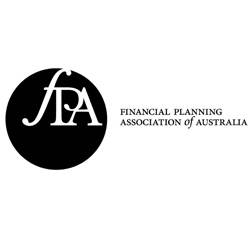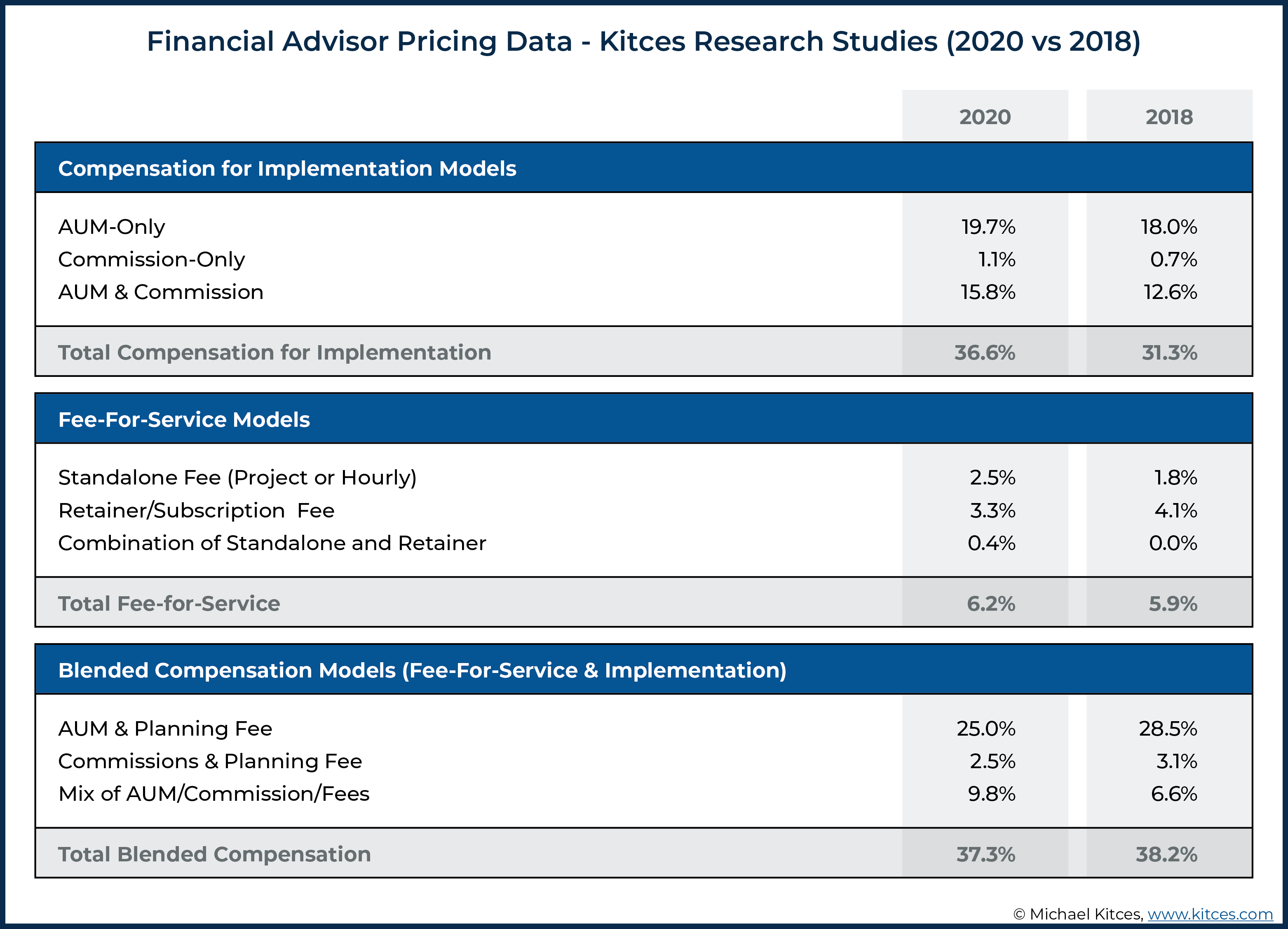
An average salary for a bank of America financial adviser is $109 669 per year. This includes all bonuses, performance penalty, annual pay, bonus, and company matching for 401(k) or other profit-sharing plans. These figures do NOT include taxes rates or metro-specific tax. These salary data are not meant to provide financial advice or be used as a guideline and may not reflect actual compensation.
Average yearly base pay
In the US, $136,788 is the average annual base salary for a Bank of America Financial Advisor. This includes bonuses, which amount to about 4%. San Francisco's highest-paid Bank of America Financial Advisors earn an average of $198.847. Bank of America's average annual compensation is 45% more than the national average. Bank of America Financial Advisors base salaries range from $254,486 to $668.754 (excluding bonus).
Bonuses
Bank of America executives expect to increase their bonuses for trading units and salespeople. The company's equities sales grew 23%, while the trading unit saw a 9% increase. Meanwhile, its fixed-income business suffered a 9% decline. Total revenue in the trading divisions rose 2% compared to a year ago, and was up 20% from 2019. According to the CEO, the company will continue paying bonuses as they are now through 2020. However the bonus pool will shrink from last year.

Performance sanctions
Bank of America recently updated their policy regarding financial advisers. Before you make any investment decision, it is important to be familiar with this policy. If your financial adviser fails to fully explain transactions, you should seek out another advisor. Many financial advisors make their money by hiding transactions. A key step to making informed decisions is knowing how your financial adviser is compensated.
Matching company contribution to 401(k), or other profit-sharing plans
The company offers a full benefits package which includes a company match to your 401(k) plan or profit sharing plans. Employee contributions can vary from 3% to 9.9% of your pay. Two months of service is required before employees can be enrolled in the plan. Employees are allowed to contribute up to 3% of the salary. Additionally, their contributions will be matched dollar-fordollar. Other benefits include professional growth reimbursement, unlimited paid vacation time, and paid parental leaves.
Experience level
Consider the experience level when comparing bank-of-America financial advisor salaries. This factor may be impacted by one's education and training. A college degree or an advanced level degree can help increase income and qualify for advancement. Higher salaries can be achieved by having management experience.
Locations
The salary of a Bank of America financial advisor depends on the location. The median salary of a Bank Of America financial advisor is $68,589. The top 10% earn more than $668,000. Bank of America employees in New York earn the highest, while those in lower income earn less.

Future prospects
Bank of America financial advisers have access to a wide range of products and services. You will be able to work with clients as well as a network of highly-trained advisors. Bank of America is an internationally-focused holding company with four distinct business units. The Consumer Banking segment offers a complete range of personal financial products. The Global Wealth & Investment Management segment is responsible for advising clients on financial matters through a network of financial advisors.
FAQ
What are the Different Types of Investments that Can Be Used to Build Wealth?
There are many different types of investments you can make to build wealth. Here are some examples.
-
Stocks & Bonds
-
Mutual Funds
-
Real Estate
-
Gold
-
Other Assets
Each of these has its advantages and disadvantages. Stocks and bonds are easier to manage and understand. However, stocks and bonds can fluctuate in value and require active management. Real estate, on the other hand tends to retain its value better that other assets like gold or mutual funds.
It comes down to choosing something that is right for you. To choose the right kind of investment, you need to know your risk tolerance, your income needs, and your investment objectives.
Once you've decided on what type of asset you would like to invest in, you can move forward and talk to a financial planner or wealth manager about choosing the right one for you.
What are my options for retirement planning?
No. This is not a cost-free service. We offer FREE consultations so we can show you what's possible, and then you can decide if you'd like to pursue our services.
What are some of the best strategies to create wealth?
You must create an environment where success is possible. You don't want to have to go out and find the money for yourself. If you're not careful, you'll spend all your time looking for ways to make money instead of creating wealth.
Also, you want to avoid falling into debt. It's very tempting to borrow money, but if you're going to borrow money, you should pay back what you owe as soon as possible.
You set yourself up for failure by not having enough money to cover your living costs. If you fail, there will be nothing left to save for retirement.
So, before you start saving money, you must ensure you have enough money to live off of.
Statistics
- US resident who opens a new IBKR Pro individual or joint account receives a 0.25% rate reduction on margin loans. (nerdwallet.com)
- A recent survey of financial advisors finds the median advisory fee (up to $1 million AUM) is just around 1%.1 (investopedia.com)
- According to Indeed, the average salary for a wealth manager in the United States in 2022 was $79,395.6 (investopedia.com)
- As of 2020, it is estimated that the wealth management industry had an AUM of upwards of $112 trillion globally. (investopedia.com)
External Links
How To
How to Invest Your Savings To Make More Money
You can earn returns on your capital by investing your savings into various types of investments like stock market, mutual fund, bonds, bonds, real property, commodities, gold and other assets. This is called investing. It is important to realize that investing does no guarantee a profit. But it does increase the chance of making profits. There are many ways to invest your savings. One of these options is buying stocks, Mutual Funds, Gold, Commodities, Real Estate, Bonds, Stocks, ETFs, Gold, Commodities, Real Estate, Bonds, Stocks, Real Estate, Bonds, and ETFs. These methods are described below:
Stock Market
The stock market is one of the most popular ways to invest your savings because it allows you to buy shares of companies whose products and services you would otherwise purchase. Buying stocks also offers diversification which helps protect against financial loss. If the price of oil falls dramatically, your shares can be sold and bought shares in another company.
Mutual Fund
A mutual fund refers to a group of individuals or institutions that invest in securities. They are professionally managed pools of equity, debt, or hybrid securities. Its board of directors usually determines the investment objectives of a mutual fund.
Gold
It has been proven to hold its value for long periods of time and can be used as a safety haven in times of economic uncertainty. It is also used in certain countries to make currency. Gold prices have seen a significant rise in recent years due to investor demand for inflation protection. The price of gold tends to rise and fall based on supply and demand fundamentals.
Real Estate
Real estate can be defined as land or buildings. When you buy real estate, you own the property and all rights associated with ownership. Rent out part of your home to generate additional income. You could use your home as collateral in a loan application. The home may be used as collateral to get loans. You must take into account the following factors when buying any type of real property: condition, age and size.
Commodity
Commodities can be described as raw materials such as metals, grains and agricultural products. As commodities increase in value, commodity-related investment opportunities also become more attractive. Investors who want to capitalize on this trend need to learn how to analyze charts and graphs, identify trends, and determine the best entry point for their portfolios.
Bonds
BONDS are loans between corporations and governments. A bond can be described as a loan where one or both of the parties agrees to repay the principal at a particular date in return for interest payments. The interest rate drops and bond prices go up, while vice versa. An investor buys a bond to earn interest while waiting for the borrower to pay back the principal.
Stocks
STOCKS INVOLVE SHARES OF OWNERSHIP IN A CORPORATION. Shares only represent a fraction of the ownership in a business. If you own 100 shares of XYZ Corp., you are a shareholder, and you get to vote on matters affecting the company. When the company is profitable, you will also be entitled to dividends. Dividends can be described as cash distributions that are paid to shareholders.
ETFs
An Exchange Traded Fund (ETF) is a security that tracks an index of stocks, bonds, currencies, commodities, or other asset classes. Unlike traditional mutual funds, ETFs trade like stocks on public exchanges. The iShares Core S&P 500 eTF, NYSEARCA SPY, is designed to follow the performance Standard & Poor's 500 Index. If you purchased shares of SPY, then your portfolio would reflect the S&P 500's performance.
Venture Capital
Ventures capital is private funding venture capitalists provide to help entrepreneurs start new businesses. Venture capitalists offer financing for startups that have low or no revenues and are at high risk of failing. They invest in early stage companies, such those just starting out, and are often very profitable.